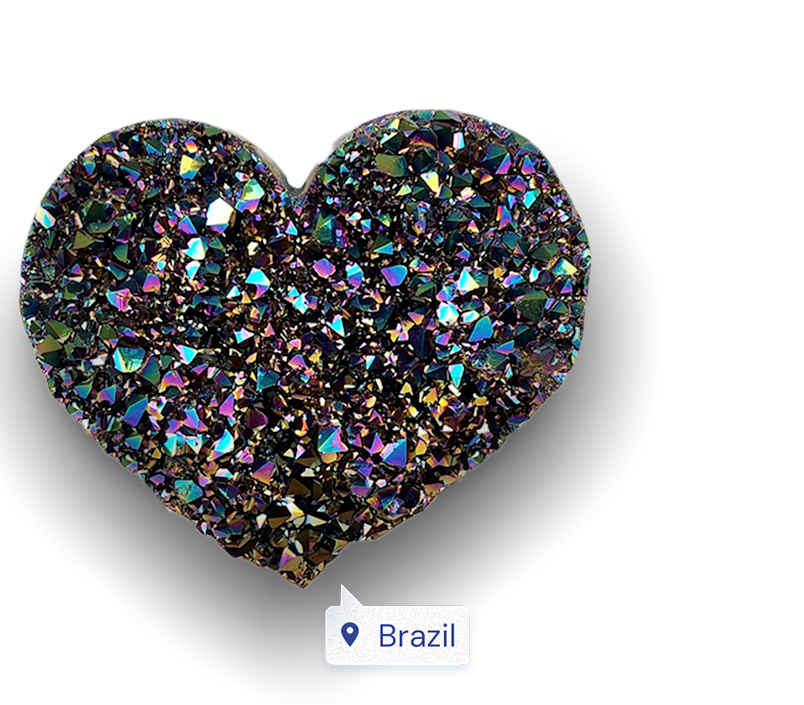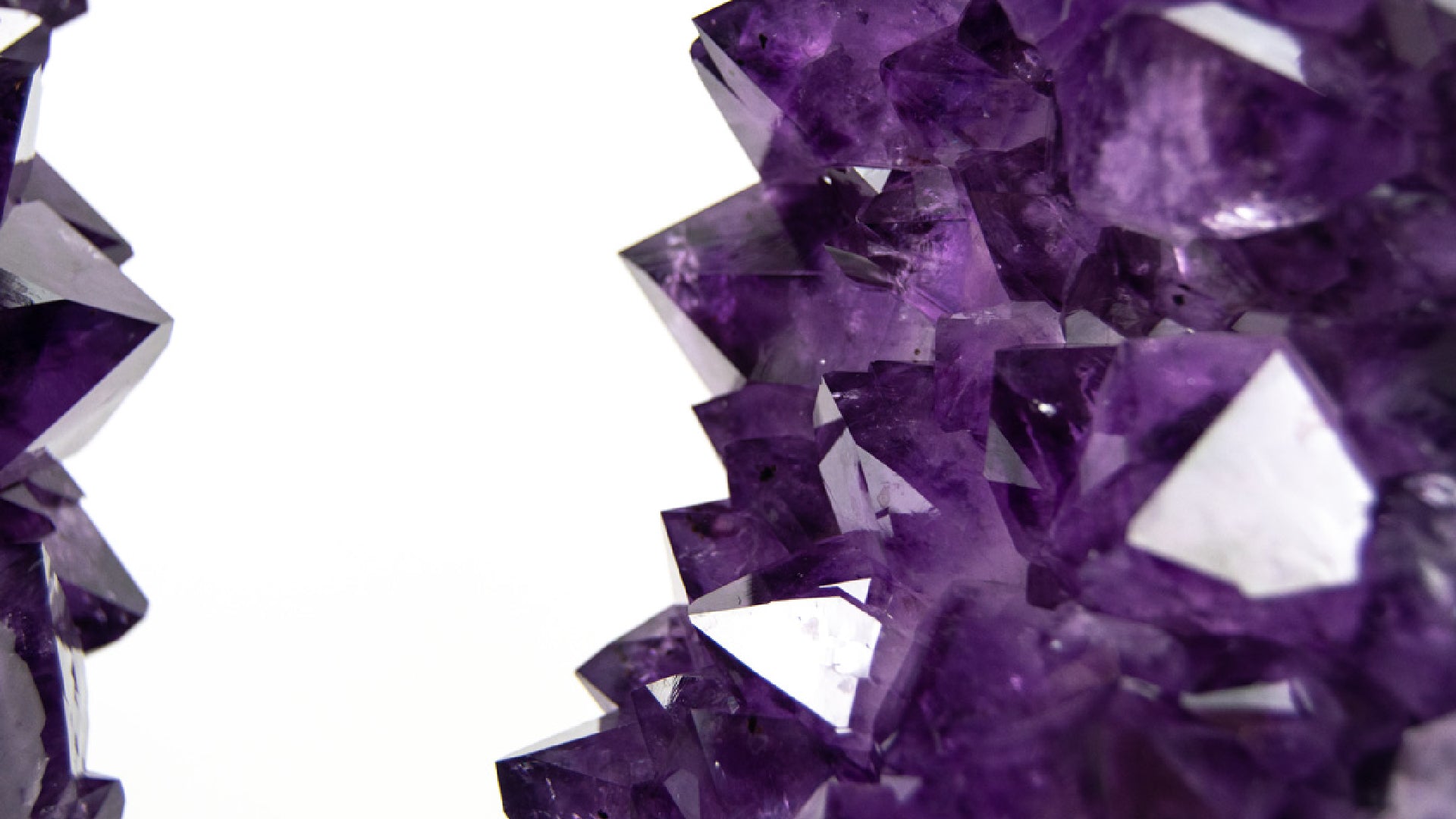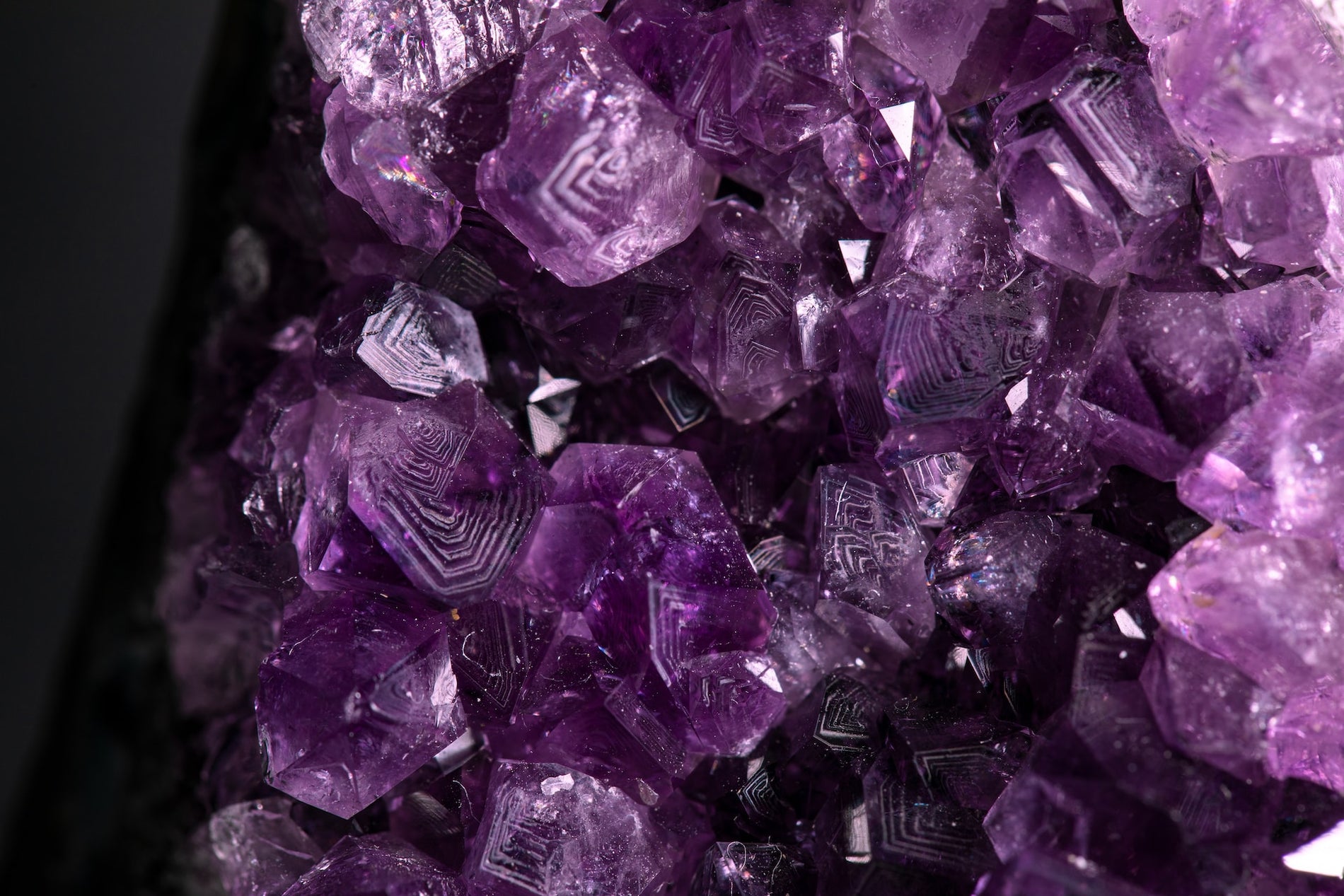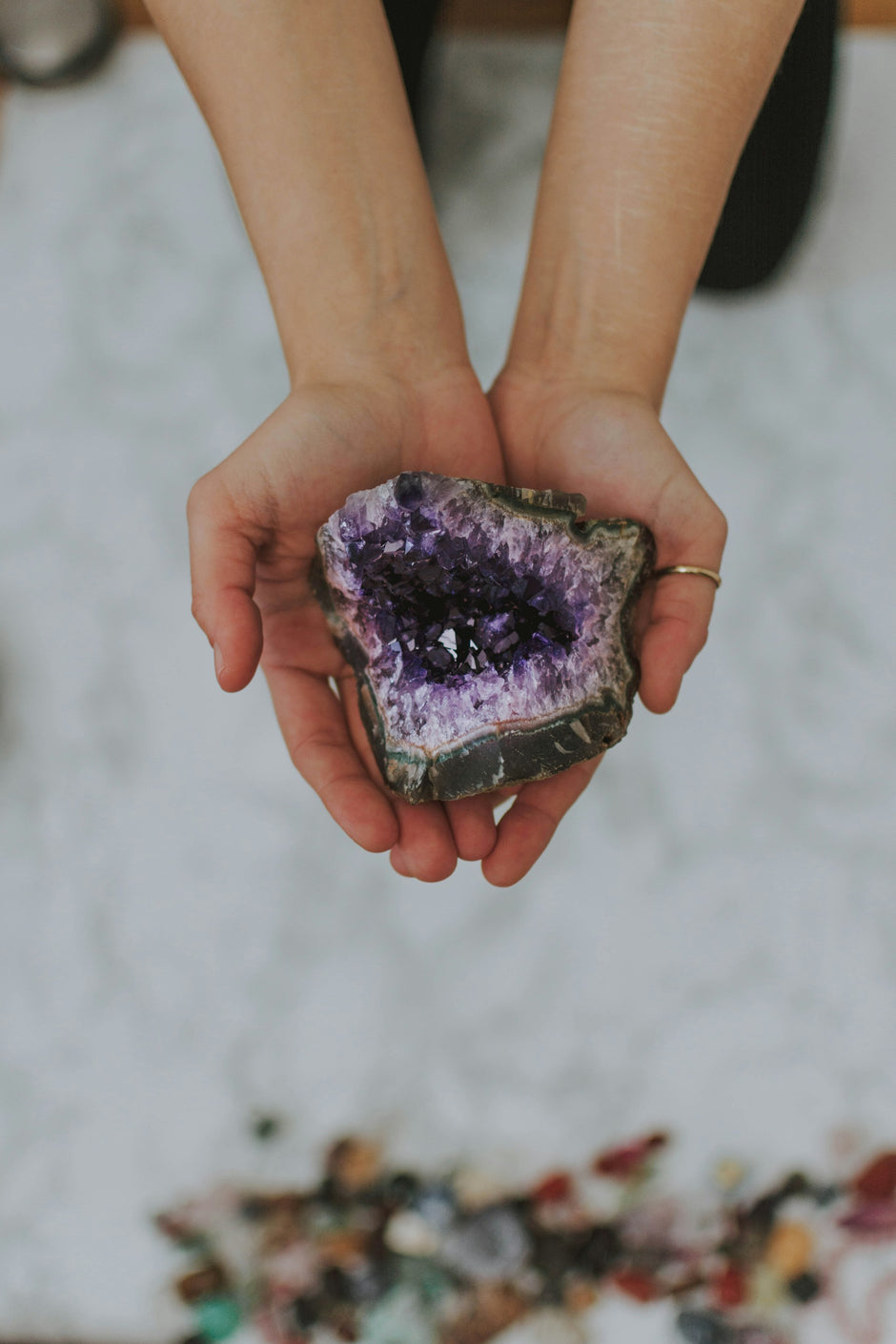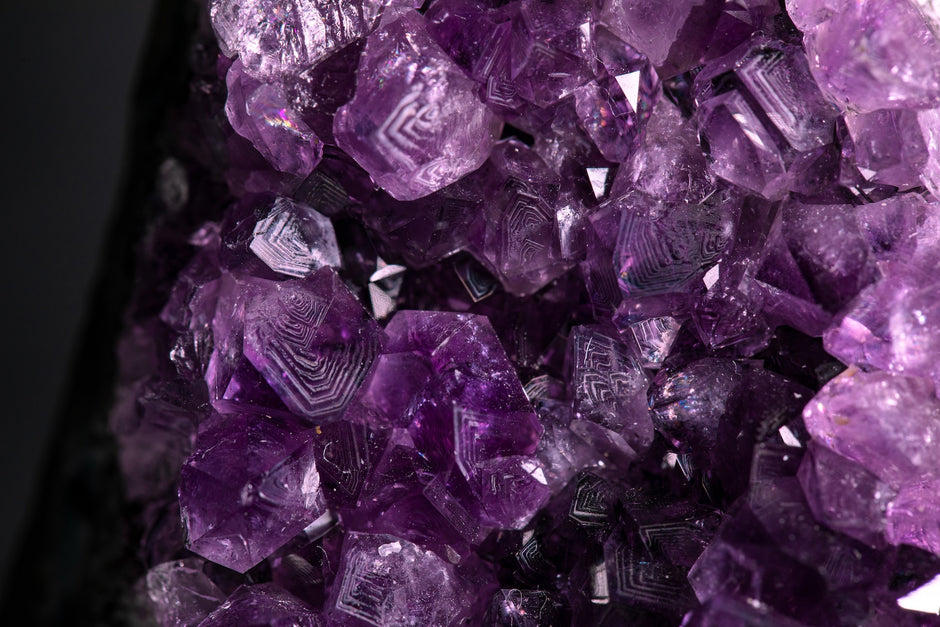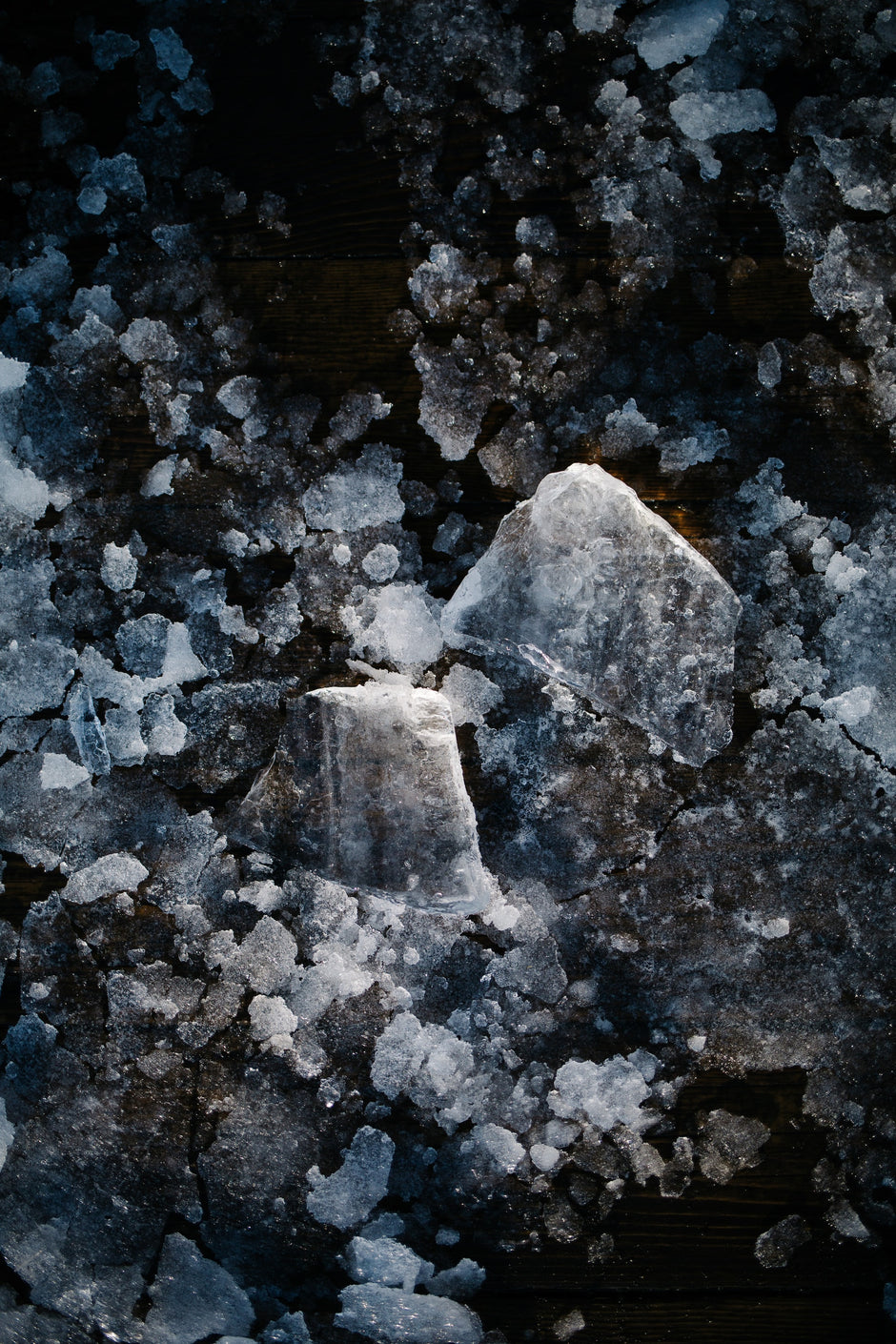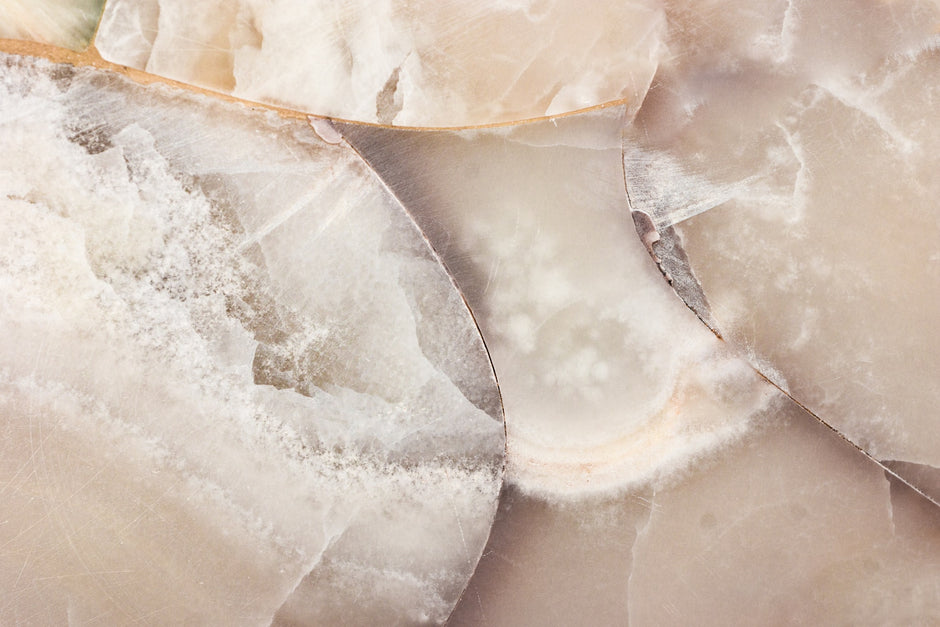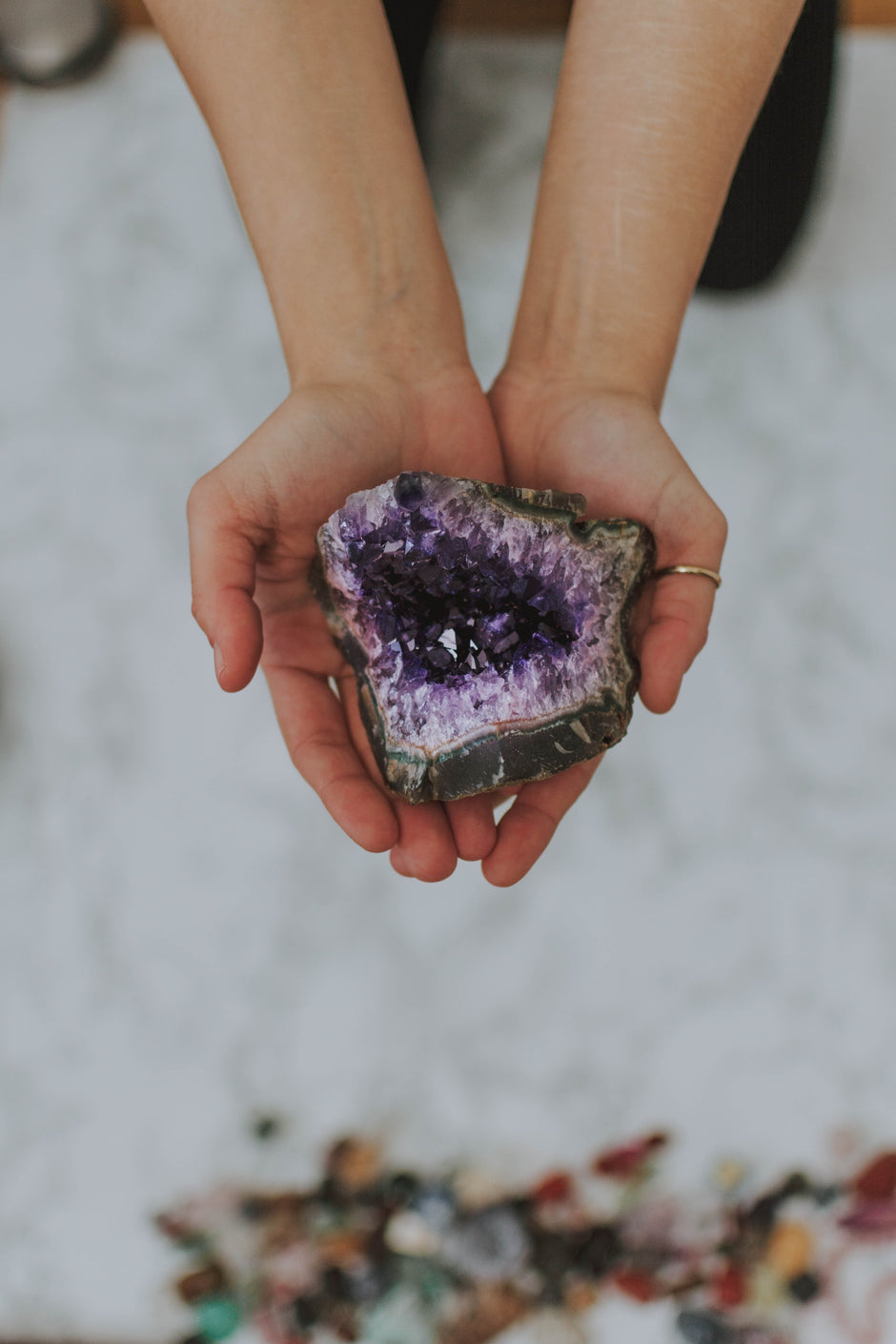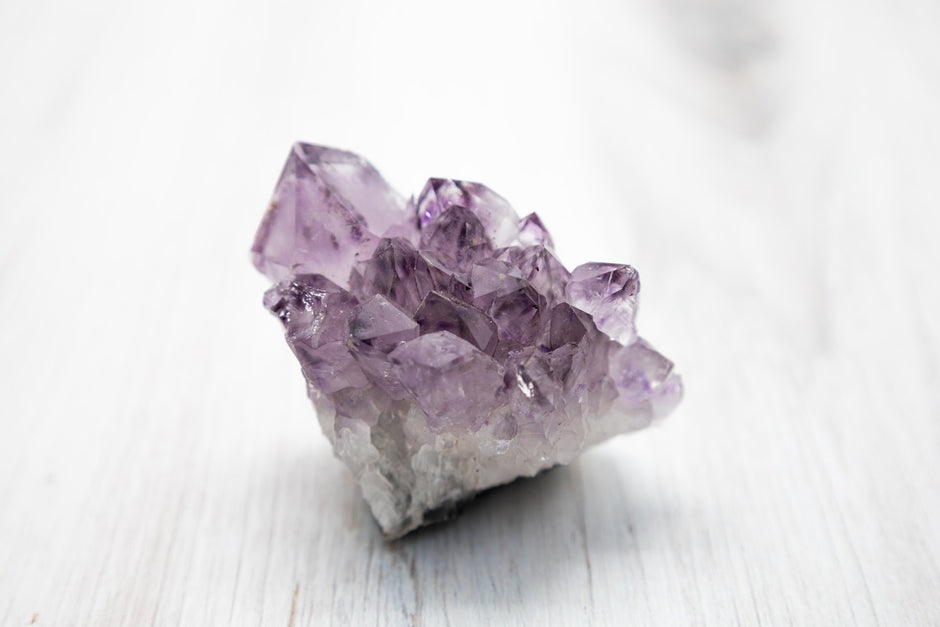The allure of gemstones has captivated humanity for millennia. However, in a market saturated with synthetic and counterfeit stones, the search for authenticity has never been more vital. This comprehensive guide aims to educate you on the various methods and tools required for accurate gemstone identification.
Why Gemstone Identification Matters
The Importance of Authenticity in Preserving Value
Authentic gemstones are not just visually spectacular; they are a storehouse of value. The belief in authenticity preserves and often appreciates the financial worth of your gem. A fake or synthetic stone depreciates not just its own value but the integrity of your collection.
How Fake Gems Can Ruin Special Moments
Imagine proposing with an engagement ring only to discover the centrepiece is a counterfeit. This debacle can tarnish moments that are meant to be cherished for a lifetime.
The Implications for Collectors and Investors
For collectors and investors, proper identification is a fiduciary obligation. A single synthetic stone can adulterate the merit of an entire collection or investment portfolio.
The Basics of Gem Terminology
Understand the Four Cs: Cut, Clarity, Carat, and Color
The Four Cs serve as the bedrock of gemstone evaluation. The cut pertains to the stone’s facet arrangement, clarity indicates the presence or absence of inclusions, carat is the weight measure, and color involves hue, tone, and saturation.
Defining Other Important Terms: Luster, Hardness, and Transparency
Beyond the Four Cs, gem connoisseurs use luster to describe how light interacts with the surface, hardness to gauge resistance to scratches, and transparency to understand light passage through the stone.
The Visual Inspection: Your First Line of Defense
Closely examine your gemstone for internal or surface-reaching inclusions. Use a magnifying glass to scrutinize it for any imperfections, as these could be telltale signs of synthetic origin. A gem’s color should be uniform, while its luster should be concordant with its species. Discrepancies may necessitate further investigation.
Tools You Can Use at Home
The Jeweler’s Loupe: A Gem Enthusiast's Best Friend
This small, portable magnifying glass can provide up to 10x magnification, enabling you to explore the minute intricacies of your gemstone.
Household Items That Can Aid in Gem Identification
Items such as a piece of glass or a penny can be improvised tools for rudimentary hardness tests.
The Mohs Hardness Test
The Mohs scale quantifies a mineral's resistance to scratching, essential for identifying gems like diamonds that have superlative hardness. Employ a known material with a fixed Mohs hardness and attempt to scratch your gem. Remember, the Mohs test can be destructive, so it should be a last resort.
Specific Gravity Test: Heavy or Light?
Understanding the Concept of Specific Gravity
Specific gravity is the ratio of a gem’s density to the density of water, crucial for species identification.
How to Perform the Test Using Water
Suspend your gemstone in water using a thread and compare its weight with its weight in air. Calculate specific gravity based on these measurements.
The Refractometer: Reading Light’s Secrets
The Principle Behind Refractive Indices
The refractive index is the gem’s ability to bend light. A refractometer measures this, offering clues about the stone's composition.
Step-by-Step Guide to Using a Refractometer
- Place a drop of refractive fluid on the refractometer’s glass surface.
- Place your gem on the fluid.
- Close the lid.
- Read the value, which corresponds to the gem’s refractive index.
High-Tech Methods: Raman spectroscopy and X-ray
In cases of high-value gems or ambiguous results from traditional tests, it's prudent to opt for more advanced identification methods. Raman spectroscopy and X-ray fluorescence scrutinize the elemental and molecular composition. Consult a certified gemological lab for these services.
Online Resources for the Aspiring Gemologist
Websites like GemologyOnline and platforms like Udemy offer comprehensive courses. The Gemological Institute of America (GIA) also provides invaluable resources. GIA's Gem Database and Mindat.org are also reliable sources for gemological information.
Consult the Professionals
Consult the Experts
For especially valuable gemstones or in situations of uncertainty, securing a certified gemologist's evaluation is indispensable.
How to Find a Certified Gemologist
Reputable trade organizations like the GIA or the American Gem Society (AGS) offer directories of certified gemologists.
Gemstone Certification: Your Gem’s Birth Certificate
A gemstone certificate is akin to a birth certificate, documenting its unique characteristics and authenticity. Certificates encompass the Four Cs, origin, treatments, and more, offering a holistic snapshot of your gemstone.
Buying Smart: How Identification Affects Purchases
Inquire about certification, return policies, and proof of authenticity when dealing with vendors. Seek vendors affiliated with professional gemological organizations to ensure you're making a sound purchase.
Practical Tips for Maintaining Authentic Gems
Authentic gems are valuable things that need to be cared for, here are some ways you can maintain your gems:
- Clean with mild soap and water
- Store them individually in soft pouches
- For high-value gems, consider specialized gem insurance
- Maintain a record of all certifications and appraisals.
Conclusion
Understanding how to identify real gemstones is important for a lot of reasons. It's not just about knowing you have a pretty stone. It can affect how much your gem is worth, make special moments even more special, and even influence big investments. While there are many ways to check a gemstone at home, sometimes you really need an expert's help.
Ready to dive into the world of gemstones? Start now! You can use simple tools at home to begin and pay close attention to your gemstone’s characteristics. But don't forget, if you're dealing with a really valuable stone or you're not sure about what you've found, it's always a good idea to consult with a certified expert. Get the right info, make smart choices, and enjoy your journey into the world of beautiful and valuable gemstones.
